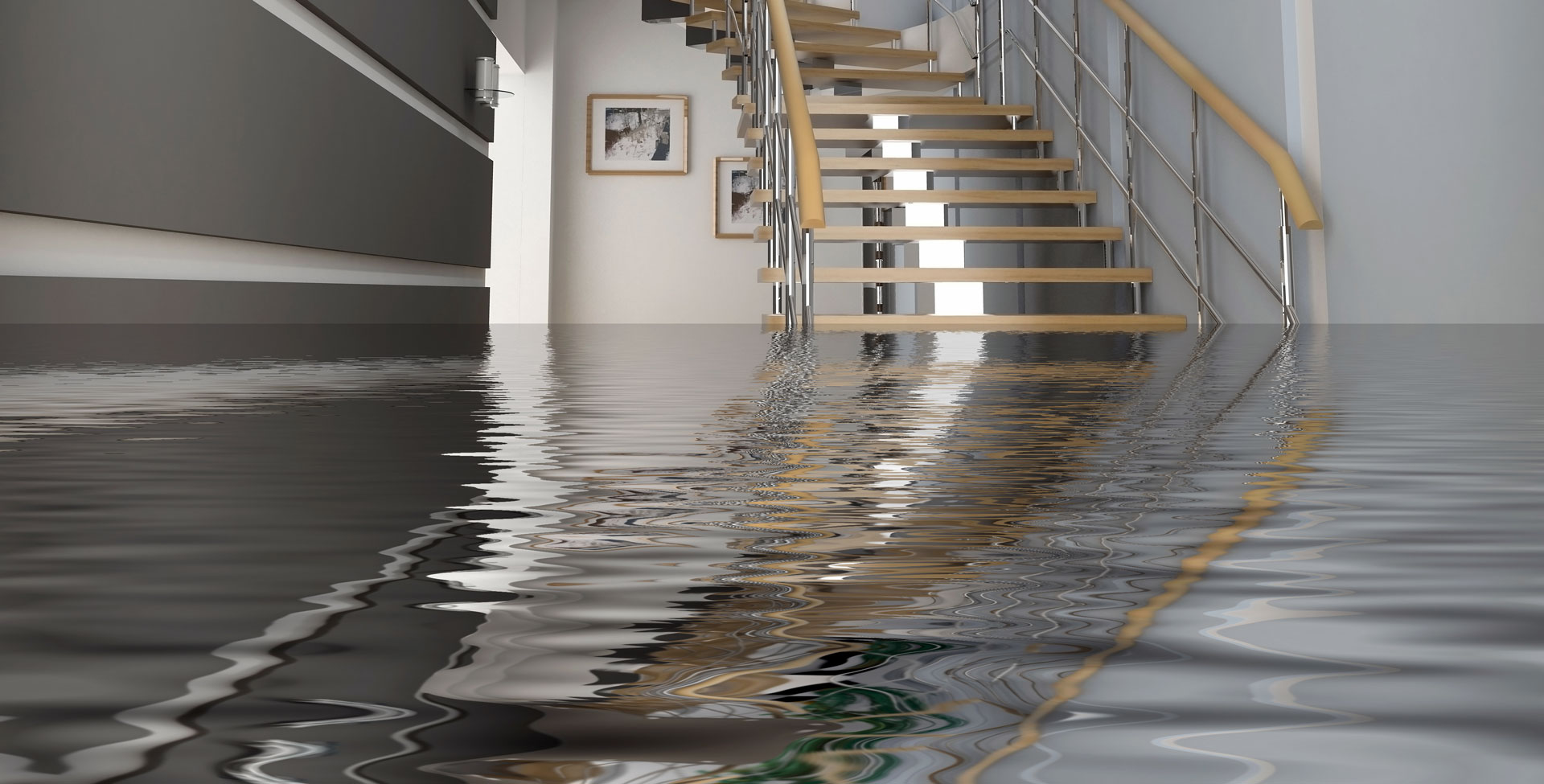How to Help Prevent Water Damage in Your Bathroom
How to Help Prevent Water Damage in Your Bathroom
Blog Article
How do you feel with regards to How to Prevent Bathroom Water Damage?

The bathroom is extremely at risk for wet buildup and also possible water damages because of the regular use of water in it. This short article provides simple inspection techniques to help detecting water damages threats.
The regular use of water in the restroom makes it incredibly vulnerable for moist buildup and also prospective water damage. By inspecting it regularly, you can reduce water relevant damages.
The following set of examinations is simple to carry out and should be done as soon as in every 3 months in order to keep your bathroom healthy as well as to prevent potential water problems triggered by the bathtub, the shower, pipeline joints and also plumbing, sinks, cupboards, and the commode
Do not disregard carrying out these inspections and also be extensive while executing them. Bear in mind that these easy inspections can conserve you a lot of cash by supplying early signs for water damage
Sinks and also Cabinets
Sinks as well as closets are subjected to dampness as well as humidity everyday and are commonly neglected. Inspect on a regular basis under the sink and on the countertop over it. Repair any kind of drip in the trap as it might suggest drainpipe problems. Browse the sink, slow draining pipelines may suggest a blocked drain. Change sink seals if they are split or loosened.
Tub and also Shower
The shower as well as bath tub require unique attention as well as upkeep. Inspect the floor tiles and change if cracked. Make certain that there is no missing grout in between the tiles. Check and change fractured caulking at joints where the walls fulfill the floor or the tub. Obstructed drains as well as pipelines problems will certainly prevent the tub from drying out and may suggest serious issues underneath the bathtub. Speak with a specialist quickly to prevent architectural damages. Take note of stainings or soft locations around the bathtub walls as they might show an internal leak.
Plumbing
Signs for water damages are tough to detect because a lot of pipelines are mounted inside the wall surfaces.
Pay special interest to floor covering and also wall surfaces moisture and spots as they might show an invisible plumbing problem. Inspect moisture degrees in adjoining rooms as well.
The Bathroom
The bathroom is an at risk water joint. Check the water lines and search for leaks around the bathroom seat, in the pipe, and also under the water container. If you detect any signs of moisture on the floor around the toilet, check for leaks in the toilet rim and tank seals.
Understand that hanging bathroom bowl deodorants enhances the possibilities for blockages.
Water Damage Signs In The Bathroom To Avoid Cleanup
Musty smell
This is one of the easiest signs to catch because musty smells are so odorous. The damp, earthy, moldy smell should be a big red flag. The smell will develop when moisture gets trapped in surfaces, and begins to facilitate mold growth. Leaking pipes under cabinets, inside walls, and behind shower fixtures will cause moisture to stay trapped and not dry, which will lead to mold growth and spread. As soon as you notice any musty smells in your bathroom, have it checked for hidden water damage and cleanup signs.
Visible mold
If the smell isn’t there to give it away, sometimes you will actually see mold growth. Finding mold in your bathroom is a serious problem, because mold is very harmful to your health. By the time mold growth is visible, it also means that water damage has already occurred and been present for some time. The only way the mold problem can be resolved is to find the source of the moisture and get it stopped. To safely and adequately remove mold, you need to have professionals handle the remediation. Do not waste any time in getting mold problems addressed, fixed, and sanitized so that you can protect you and your family from the many respiratory symptoms caused by mold exposure.
Damaged floors
Bathroom floors should be able to withstand some exposure to water while still remaining in good condition. However, when excess exposure or water leaks occur, they will begin to damage even the most water-resistant flooring. If you notice any cracking, bubbling, staining, or warping on your bathroom floors, there is probably a water leak somewhere causing the distortion. If you notice areas of the floor have become softer, or even have a spongy feeling, there is probably damage to the subfloor. Subflooring is typically made up of plywood. When plywood is exposed to water or moisture, it will absorb it. Once it has become saturated, the weight of the excess water will cause the wood to swell and soften. Check the floors in your bathroom frequently to catch any of these sings before they lead to damaged subflooring.
Changes on walls
When water leaks behind walls, it will cause changes in the drywall. Peeling plaster, blistering paint, and soggy wallpaper are all good indicators that excess water is building up behind the wall. Water leaking behind drywall will cause it to swell and be soft to the tough. If you start to notice gaps along the trim of your walls, or where tile meets the wall, it could also be a strong indicator that there is a leak behind the wall. Any changes, distortion, or damage on the walls should be evaluated as soon as you notice it to prevent further water damage and cleanup.

I have been very curious about How to Prevent Bathroom Water Damage and I am hoping you liked the entire piece. Enjoyed reading our review? Please share it. Help other people locate it. Thanks so much for taking the time to read it.
Get An Estimate Report this page